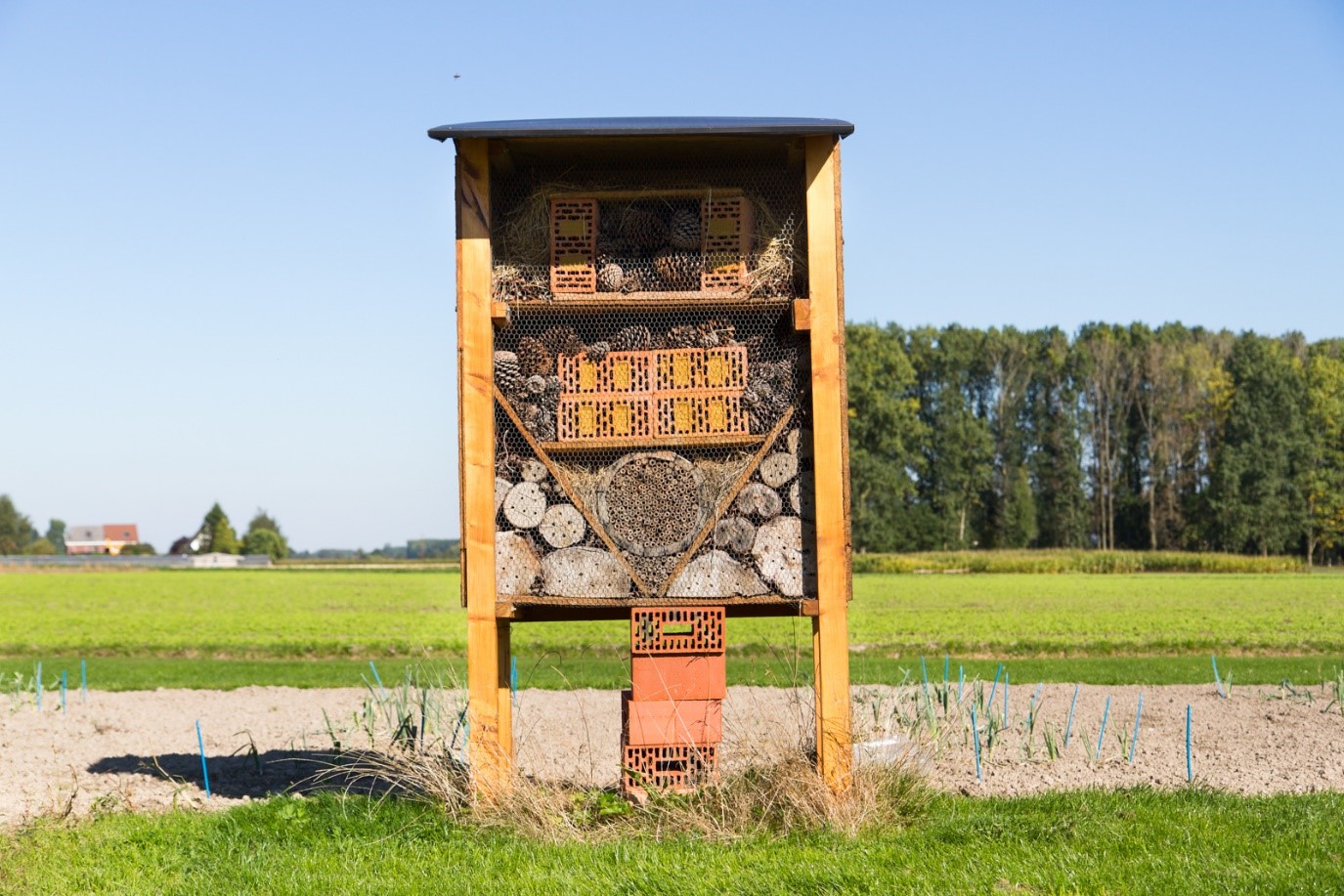Seed treatment with neonicotinoids has the least effect on pollinators

Seed treatment is a widespread and effective way to control diseases and plagues. However, the use of neonicotinoids in crop protection is strongly associated with the decrease of bees and other pollinators. That is why Europe has strict limits on its use. To check if seed treatment exerts the same pressure on pollinators, a study was conducted by professor Pieter Spanoghe at Ghent University (UGent). Results show that the examined substances are not found in the flowers of the crop, nor in the beeswax or the beebread.
Seed treatment is effective
Seed treatment is considered a very efficient and safe method of agricultural crop protection. Seeds are coated or disinfected with one or more fungicides or insecticides. A limited amount of product around the seed efficiently protects it against diseases and plagues. This leads to a smooth germination and emergence of the crops.
Not without risk
Because of the effective mode of action this technique is considered part of sustainable and integrated farming, which reduces the need for certain foliar applications after germination. However, there are also a few risks associated with this technique. While sowing the coated seeds, some dust particles that contain crop protection products can escape. These particles can lead to dust drift, which can enter the environment. Besides that, after germination, residues could potentially also be found in green parts of the plant. More specifically, a diffusion to the flowers (pollen and nectar) and the guttation fluids (excess plant juices exuded from the leaves) from crops whose seeds were treated, could lead to potential risks for pollinators.
Possible effect on pollinators
The past few years, this transport of crop protection products to above-ground parts of the plant has been linked to the loss of bees in various countries. That is why, since 2013, the use of neonicotinoids in Belgium and the whole of Europe has been strongly restricted. To check if the use of other seed treatment products exerts a similar pressure on pollinators, a study was conducted by the Laboratory of Crop Protection Chemicals from the Faculty of Bioscience Engineering at Ghent University (UGent). “We researched the absorption, translocation and persistence of seed treatments on different crops”, explains professor Pieter Spanoghe. “Special attention was paid to the behaviour of the commonly used crop protection product methiocarb in maize. Besides that, we also examined the presence of crop protection products in beeswax and beebread from various beehives in Flanders.”
“As expected the amount of crop protection products decreases according to the growth of the maize plants”, says Spanoghe. This decrease can be explained by both dilution through growth of the crops and by degradation. “We found the crop protection product in the guttation drops of the plant. However, the detected residues were too low to cause any toxicity for bees who visit the maize plant”, concludes professor Spanoghe.
No diffusion of pesticides
“During the monitoring study, field samples were taken from grown plants from diverse vegetables and cereals (corn, kidney beans, onions, chicory, sugar beet, rye, winter wheat, winter barley, spelt and triticale), from which the seeds were treated during the sowing. We detected some crop protection products here too”, says the professor. “The seed treatment products methiocarb and fludioxonil were found in the roots of some plants, and not in the flower parts like we expected.” It can be concluded that the tested seed treatment products are not transported to the above-ground green parts of crops in harmful doses.
“To be sure, we also screened beehives from neighbouring fields in Flanders for those substances”, according to Pieter Spanoghe. It turns out that the beebread does not contain any residues, however, the beeswax contained various kinds of crop protection products. “No neonicotinoids and other common seed treatment products were found, which corresponds with our previous findings. As a result, we had to look elsewhere for the cause.”
Illegal pesticides in beeswax
According to professor Spanoghe there was a surprising correlation between the presence of certain products in the plates of beeswax of the examined beehives and those from various beekeepers in other studies, on various locations in Flanders where different products were used. “We also found some – for bees – high concentrations of active substances, like carbofuran, which have been illegal in Belgium for almost 10 years. Both observations suggest that current plates of beeswax are contaminated by old crop protection products after re-melting old plates of beeswax to honeycombs in stores.”
To conclude, based on this research, we can state that given the examined crops and crop protection products, the exposure of pollinators to seed treatment products is extremely low to non-existent. “Future research on additional crops and other seed treatment products has to establish this more conclusively”, thinks professor Spanoghe. Meanwhile beekeepers better take into account that some of the current danger to bee health comes from within and not outside the beehives.

